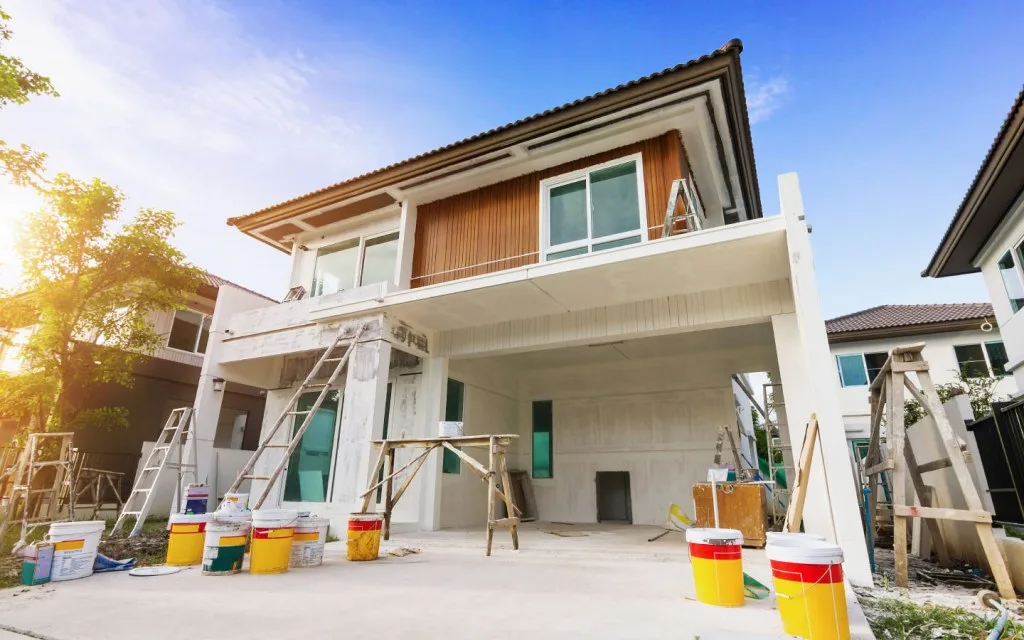Introduction to Street Lights and their Purpose
Welcome to a world where the glow of street lights guides us through the night. These beacons of light not only illuminate our paths but also play a crucial role in ensuring safety and security in our neighborhoods. However, with great power comes great responsibility, especially when it comes to considering the environmental impact of excessive lighting. Let’s delve into how advancements in Street Light Control technology are paving the way for a more sustainable and efficient future.
The Negative Effects of Excessive Lighting on the Environment
Have you ever looked up at the night sky and noticed how bright it can be in urban areas? The excessive lighting from street lights not only affects our view of the stars but also has a significant impact on the environment.
One major issue is light pollution, which disrupts ecosystems and wildlife behavior. Many species rely on natural darkness to navigate, hunt, and reproduce properly.
Excessive artificial lighting can also contribute to energy waste and carbon emissions. Inefficient lighting systems consume more electricity than necessary, increasing greenhouse gas emissions that contribute to climate change.
Moreover, light pollution can disturb human sleep patterns and circadian rhythms, leading to various health problems such as insomnia and fatigue. This disruption of natural day-night cycles can have long-term consequences on our well-being.
As we strive for a more sustainable future, it’s crucial to address the negative impacts of excessive lighting on the environment and find solutions that promote both efficient illumination and ecological preservation.
The Advancements in Street Light Control Technology
Advancements in street light control technology have revolutionized the way we illuminate our cities. With the integration of smart sensors and IoT capabilities, modern lighting systems can adjust their brightness levels based on real-time data. This not only enhances energy efficiency but also reduces light pollution, benefiting both the environment and our communities.
One key advancement is the implementation of remote monitoring and control features. Municipalities can now manage their street lights from a centralized platform, enabling them to detect faults, schedule maintenance, and optimize lighting schedules with ease. Additionally, technologies like motion sensors and dimming capabilities allow for further customization and precision in light output.
The rise of LED technology has also played a significant role in improving street light control. LEDs are more energy-efficient and durable than traditional bulbs, offering longer lifespans and lower maintenance costs. Moreover, LED fixtures can be easily integrated into smart lighting systems for seamless operation.
These advancements showcase how innovation is shaping the future of sustainable urban lighting solutions. By harnessing the power of technology, we can create safer, greener, and more efficient environments for all.
The Benefits of Implementing Street Light Control Systems
Implementing street light control systems brings a plethora of benefits to both the environment and communities. By adjusting lighting levels based on specific needs, these systems can significantly reduce energy consumption and carbon emissions. This not only helps in cutting down electricity costs but also contributes towards a greener planet.
Moreover, street light control technology allows for remote monitoring and maintenance, making it easier for authorities to address issues promptly. This results in improved overall efficiency and safety on the streets. Additionally, these systems offer customization options such as dimming schedules and motion sensors, providing enhanced flexibility while ensuring adequate illumination where needed.
Furthermore, the implementation of smart street light controls enhances visibility during nighttime hours without causing unnecessary light pollution. It creates a more sustainable urban environment that is geared towards preserving natural habitats and promoting biodiversity.
Case Studies: Examples of Successful Street Light Control Implementation
Let’s dive into some real-life examples of how street light control systems have made a positive impact on the environment and communities. In a bustling city like Los Angeles, smart street lighting technology has been implemented to adjust brightness levels according to traffic flow and weather conditions. This not only reduces energy consumption but also enhances safety on the roads.
Moving across the globe to Singapore, their smart street light system utilizes sensors to detect movement, adjusting light levels accordingly. This dynamic approach not only saves energy but also contributes to creating more sustainable urban environments. Furthermore, in European cities like Barcelona, remote monitoring and control of street lights have led to significant cost savings over time.
These case studies highlight the tangible benefits of integrating intelligent control systems into traditional street lighting infrastructure. By learning from these successful implementations, other cities can follow suit in promoting environmental sustainability while improving overall efficiency.
Challenges and Solutions for Widespread Adoption of Street Light Control
As cities aim to embrace sustainable practices, the widespread adoption of street light control faces both challenges and solutions. One major hurdle is the initial cost of implementing new technology across a large area. However, innovative financing options and incentives can help offset these expenses.
Another obstacle is resistance to change from traditional lighting systems. Education and awareness campaigns are key in showcasing the benefits of energy-efficient solutions. Additionally, technical complexities in integrating different control systems can pose a challenge for seamless operation.
Collaboration among stakeholders including city officials, urban planners, and technology providers is crucial in overcoming these barriers. By working together to address concerns and streamline processes, the transition to smart lighting solutions can be smoother.
Efforts to standardize regulations and guidelines for street light control implementation play a vital role in ensuring consistency and interoperability. With continued advancements in technology and increased collaboration, achieving widespread adoption of efficient street lighting is within reach.
Conclusion: The Future of Sustainable and Efficient Street Lighting
As technology continues to evolve, the future of sustainable and efficient street lighting looks promising. With the advancements in street light control systems, cities around the world have the opportunity to reduce energy consumption, lower carbon emissions, and minimize light pollution. By implementing these innovative solutions, we can create safer and more environmentally friendly urban landscapes.
The key lies in raising awareness about the benefits of street light control and overcoming challenges such as initial costs and infrastructure upgrades. Through education, collaboration between stakeholders, and government incentives, we can drive widespread adoption of these technologies.
Together, we can pave the way for a greener tomorrow where streets are illuminated efficiently without harming our planet’s ecosystem. Let’s embrace sustainable practices and harness the power of technology to create a brighter future for all.



